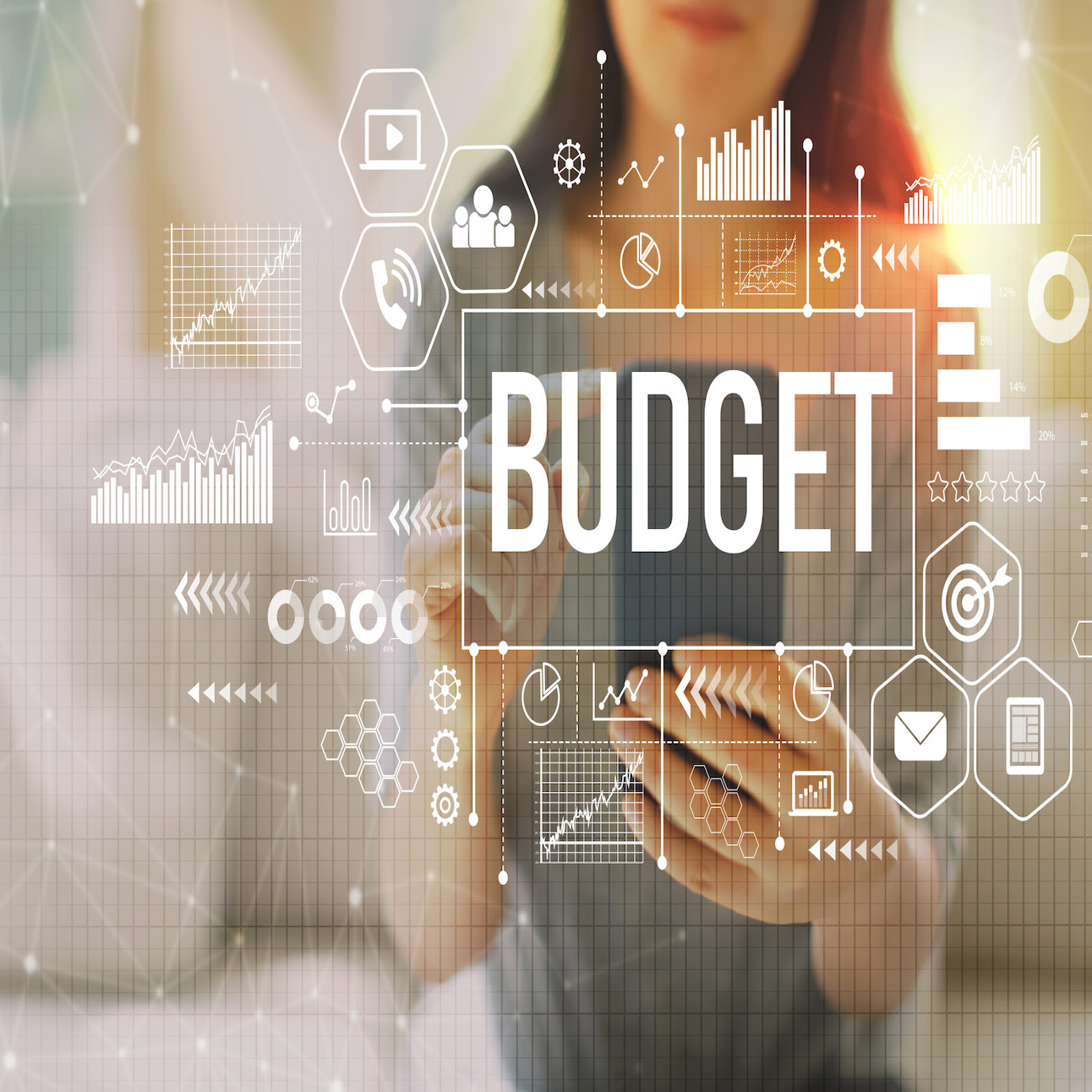
Did you know that 9% of Canadians aren’t saving any money at all? Those that are are saving less of their paychecks every month. It’s clear that money management is getting tougher in Canada. If you can relate to this, it’s time for you to create a budget. Creating a budget is tough, but it’s one of the best ways to take back control and start setting yourself up for financial security.
The experts over here at King Cash want to offer some practical budgeting help. We don’t just know about online loans. We know about money management as well.
Read on to learn all about how to create a budget that suits your lifestyle.
Track Your Spending
When you’re making a new budget, you need to start by tracking your spending. Ideally, you’ll track it for an entire month (and, if that’s the case, try to make it as “average” of a month as possible).
When we say “track your spending,” we mean every penny. Track every snack, drink out with friends, and monthly subscription cost. Nothing should go unrecorded.
You want to have a clear idea of how much money you’re spending every month so you have a starting point. If you’re leaving certain expenses out, you won’t be able to create an accurate budget.
Divide Wants and Needs
Now it’s time to take a look at those expenses and divide them into “wants” and “needs.” Be realistic with yourself and make sure your “needs” are actual needs.
“Needs” will include things like bills, your rent or mortgage, basic food, basic clothing, toiletries, and so on. Anything you can’t reasonably cut out will fit into this category.
“Wants” is a much broader category. This will include things like going out, subscriptions, expensive “extra” food and clothing, and so on. When you’re thinking about your “wants,” try to be harsh with yourself and remember what is and isn’t a necessity.
You may be surprised by how much you’re spending on “wants.”
Compare Expenses to Income
Now it’s time to compare those expenses to your current household income (or personal income if you’re working on a personal budget). How much money do you have left when your needs and wants are taken care of?
That extra money should be going into savings or investments (or, if you have ample extra income, donations, or other charitable ventures).
If you don’t have enough money left over, you know it’s time to cut back.
There are ways you can cut back on needs (for example, finding more affordable groceries) and increase your income, but most of your budgeting will revolve around cutting some of your “wants” to increase your leftover money at the end of each month.
Set Clear and Measurable Goals
Budgeting requires goal-setting. What are you budgeting for? “Having more money” is an obvious goal, but it’s too vague and tough to track.
Instead, set specific and measurable goals (and keep them realistic). If you don’t have a lot of spare money at the end of each month, having one large goal and one small goal is a good starting point.
The one large goal may be to buy a home (with a set down payment) and the small goal could be to have $5,000 in an emergency fund.
At the end of each week or month, you’ll divide your spare money and put it into each goal. It can be helpful to have separate savings accounts or categories for each goal so they’re easier to track.
If you have more expendable money, you may want to set more goals. Having one large goal, one mid-sized goal, and one small goal is great. The large goal could be having a certain amount of money in your retirement fund, the mid-sized goal could be a car, and the small goal could be a vacation.
Your goals will vary depending on your current financial situation. As long as you’re working toward something, it counts.
Choose a Budgeting Plan That Works for You
How will you budget? Different plans work for different people.
Some people like to budget with cash. They put a set amount of money for each expense into an envelope so it’s easier to track. People who struggle with overspending can benefit from this budgeting plan because physical money is easier to keep track of.
Once it’s gone, it’s gone. Your card should only be for emergencies.
You can also try a zero-based budget. This means that you plan out where every last cent will go, so at the end of the month, you have nothing left. This is great for people who need structure.
You could also set up automatic payments for everything. Set up automatic bill-pay and contributions to your savings account(s). This will leave you only with the “wants” money left over for you to spend as you wish.
There are so many budgeting options. You may want to try a few and see what makes the most sense for your lifestyle.
Keep Track
Track your progress. Every month, see how your budget is working for you. Do you find that you had more money left over than you thought? Consider being more flexible with your “wants” or adding more to your savings.
If you have less money than you thought, see where you can cut back.
You won’t have to meticulously track forever, but for the first few months of budgeting, it can make your life a lot easier.
Create a Budget to Control Your Finances
It isn’t always easy to create a budget, but with these tips, you can get started today. Start tracking your spending so you can take control of your financial health.
Financial freedom is within your grasp.
Are you in need of more financial tips or no credit check loans? At kingcash.ca, we’re here to help! We offer fast loans in Canada.
Apply for your loan with Kingcash today!


